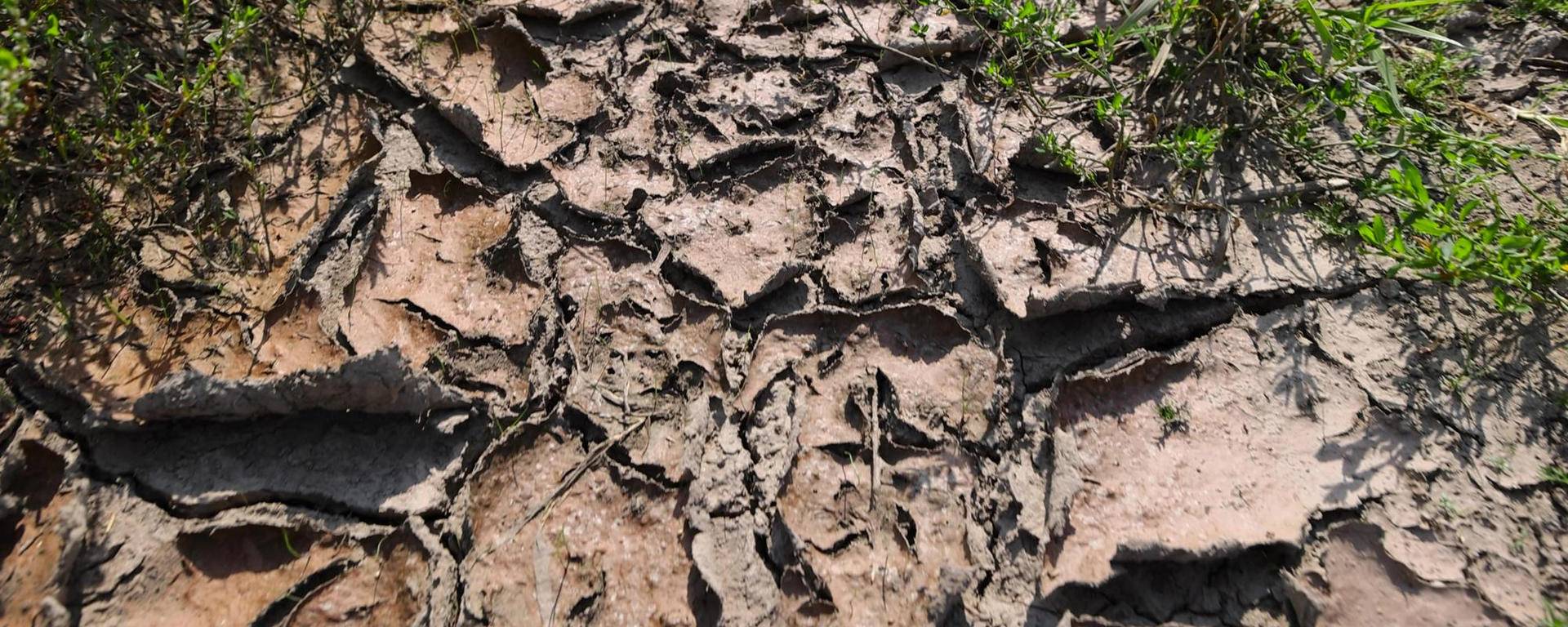Soil erosion significantly impacts soil quality and is a leading cause of farmland loss worldwide. By comprehending the causes and processes behind soil erosion, we can better prevent and slow the deterioration of agricultural land. The consequences of erosion can be severe, but implementing preventive measures, reduction strategies, and early detection of problems can help manage these risks.Satellite technology can be particularly useful for this purpose, as it allows for remote monitoring of crops. Since there is a relationship between soil erosion and vegetation levels, satellite data can provide valuable insights into potential erosion issues.
What is Soil Erosion and why is it Important?
Soil erosion is the process through which land quality declines as soil particles are removed. It occurs in three main stages: dislodgement, where soil particles are loosened; transportation, where they are moved; and sedimentation, where they are deposited elsewhere. The rate at which erosion happens is influenced by factors such as soil type, soil structure, water absorption, and ground cover. For instance, fields with well-structured soil are more resilient to erosion, while exposed, bare land is more susceptible. Sloped areas are particularly vulnerable to water erosion during rainfall, but this can be managed through methods like planting cover crops, growing perennial grasses, or implementing terrace farming techniques.
Causes of Soil Erosion ? Why does it happen?
Erosion can be caused by both natural and human factors. Natural processes include wind and rapid water runoff, which can wash away topsoil during heavy rains. Additionally, improper farming practices can contribute to soil erosion. When agricultural land is poorly managed, it can exacerbate the loss of soil through erosion.
Natural Factors of Soil Erosion
Strong wind gusts can blow away small, dry soil particles, which is a common issue in semi-arid areas and can contribute to desertification.
Excessive rainfall and flooding further exacerbate soil erosion. Heavy rains can wash away topsoil, and large raindrops can break up the soil surface. Floodwaters can also carry away soil with their currents.
Wildfires contribute to erosion as well. Trees and shrubs help slow down water runoff, but when forests or protective buffer zones are destroyed by fires, there are fewer barriers to impede the flow of water, leading to increased soil erosion.
Soil Erosion by Human Activities
In addition to natural factors, soil erosion can also result from poor land management practices. This includes irresponsible farming methods and deforestation driven by urban expansion, tourism development, road construction, and other activities.
Effects of soil Erosion
Erosive processes negatively affect farming efficiency, leading to poorer living conditions and reduced well-being for rural communities, including both individual farmers and agricultural cooperatives. As time passes, eroded farmland loses its soil fertility, deteriorates, and becomes unfit for farming.
Additionally, erosive processes severely harm the environment by diminishing biodiversity and disrupting ecosystems. Moreover, soil erosion can be insidious and often goes unnoticed until the land degradation becomes irreversible.
 ES
ES PT
PT DE
DE
